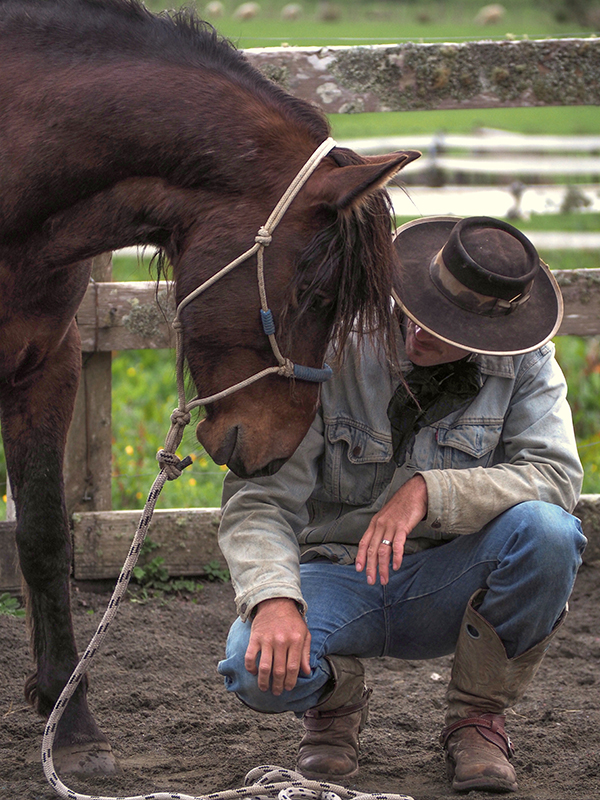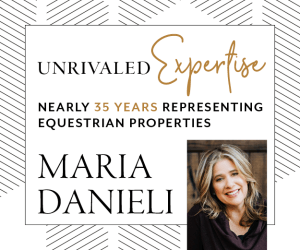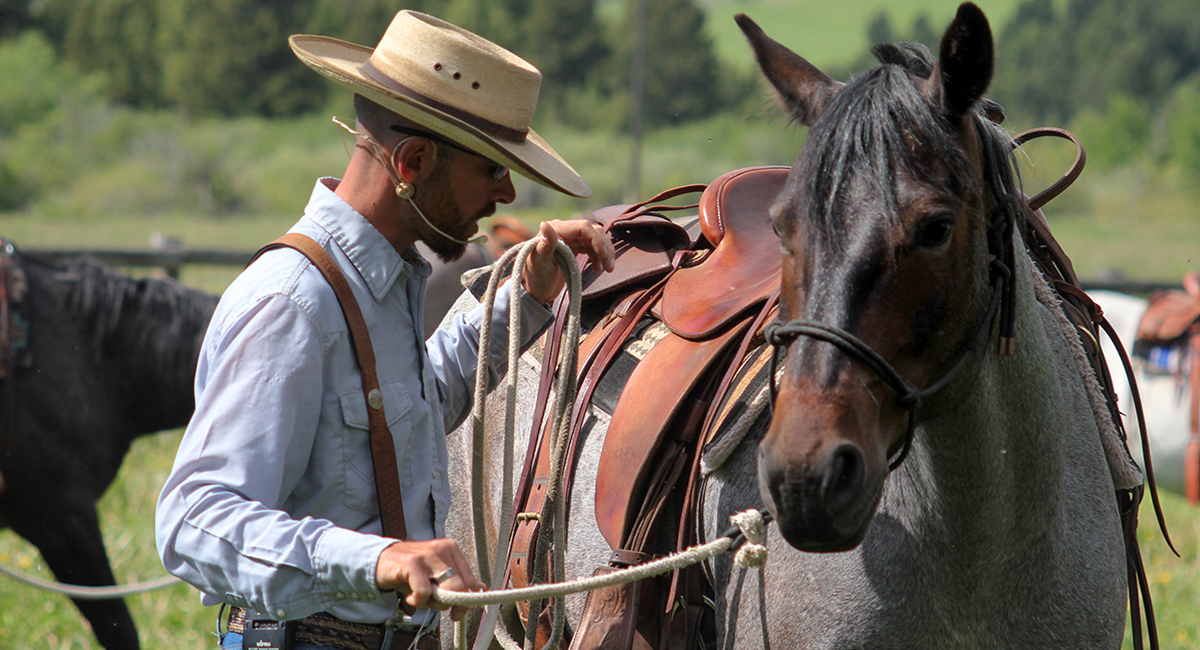Response in Spite of Trouble
Welcome to this three-part series which will cover one of the most universally applicable principles of horsemanship, what I call “Response in Spite of Trouble”.
Some of the most common questions I’m asked concern what to do when a horse spooks or how to build confidence in a nervous horse. These are broad questions and can involve situations with a wide range of factors, so I want to address this in general terms. I will discuss what to do in a situation with a spooky horse and, just as important, how to prepare yourself and your horse for the unexpected.
First, we must understand that horses as prey animals have extremely quick instincts for flight in reaction to perceived danger. This is not reasoning or cognitive, but instinctive reaction and can happen very quickly. One aspect of preparation prior to an unexpected circumstance is to show the horse that there are other options for survival. We must initially have true response established (response based in trust and understanding, not just the horse doing the “right” thing but the right thing from the right frame of mind) in our basic communication and normal settings. This begins with solid groundwork.
To test the horse’s reaction level when bothered sometimes requires intentionally pushing the horse’s comfort zone. Some horses don’t require this as they get out of their comfort zone easily and frequently. In any case, we need to be consistent that the answer the horse gives us in those moments lies in trying to respond to what we are asking them to do. This means we need to be proactive communicating something in those moments and it should not always be the hindquarter yield/one-rein stop. This is because the horse feels safer when its feet are free to move. Horses can process a situation better through movement, so we need to be able to redirect that movement not just shut it down with what becomes a cookie-cutter approach. (More on that later.)
When an equine spooks they get braced (or rigid in the spine) as they position themselves to flee—this may be laterally at first but if it continues the horse usually straightens out to get away from the source of trouble more effectively. That brace, which starts in the poll, is part of the instinctive flight we mentioned before.
Our main way of addressing brace (and we should always address brace) is through the direct feel of the tool we have on their head—rope halter, hackamore, snaffle bit, etc. Again, this must be consistently understood before there is trouble for the best outcome during a tense situation. Horses must know how to yield through willing thought, not force or fear. When done correctly this will build trust because a horse feels vulnerable when they are flexed (see my videos on the unhandled horse in my online video library).
Starting on the ground, we try to soften that brace when they are troubled by something; we redirect their feet but also try to redirect their mind and start our conversation back up again. I usually do this on one side at a time at first.
Having established true response, I then begin to test response in spite of trouble. I simulate trouble in some way (anything from raising my hand with the rope in it or maybe my hat, tossing the rope over their back or around a hind foot, making a sudden noise, etc.) that distracts or bothers the horse thus causing the brace to begin in the poll, which is often accompanied by reactive and/or evasive movement of the feet. I will usually allow them to keep moving the feet around but ask them to try to soften laterally.
The answer I want the horse to find is a release from my cues and the trouble going away as they attempt to respond to what I’m asking them to do. I don’t want to just “quit” if they appear to be calming down; this at first seems to be a good thing, but there’s a big difference between a horse working through something on his own and choosing to respond to you in spite of being troubled.
Depending on how the horse is working through it, I may use a counter arc, or I may have to switch to a hindquarter yield. In other words, I adjust the level of trouble so that they’re not in panic but just on the edge of their comfort zone. I also adjust the level of response I’m asking for based on the horse’s level of preparation.
Perhaps bringing the movement back to a responsive state and the flexion back to softness is too much to ask in the moment, but we can get pieces or elements of these. If they can’t deal with it while moving, then I like to finish with “end with the bend” so that yielding and trusting and engaging with me and the “trouble” is all part of where they find the release. For more on these maneuvers see my groundwork series in my video library.
I will continue next month with this crucial process of preparing a horse for real life situations.
See Part 2: https://nwhorsesource.com/trainers-corner-movement-to-regain-the-brain-part-2
See this article in the January 2025 Online Digital Edition:
January 2025

Ben Longwell of Pendleton, Oregon, operates True West Horsemanship with the mission to advance people in the adventure of practical horsemanship and help them and their horses achieve more together. With a passion for the Vaquero bridle horse tradition, Ben teaches a variety of clinics around the world and has a unique online video library so anyone—regardless of breed or discipline—can advance their communication, skill, and understanding. www.truewesthorsemanship.com






